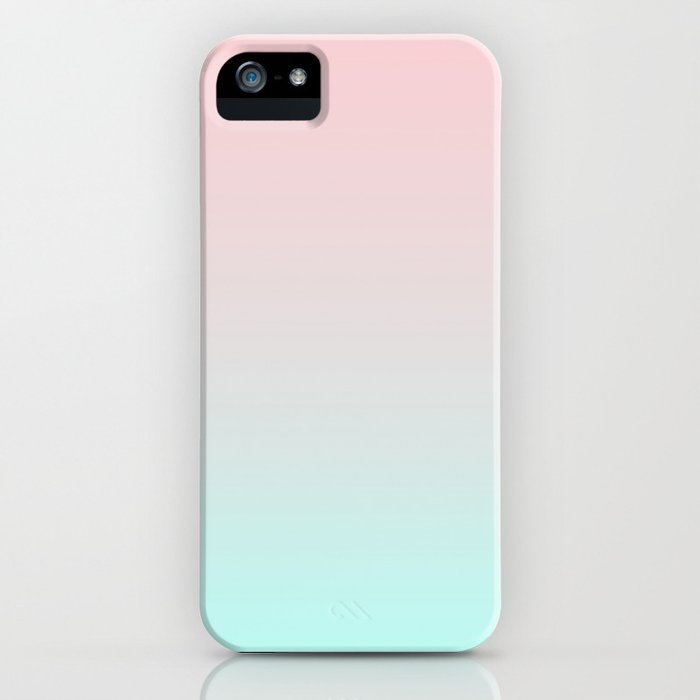


|
|||||||||
|
|
 |
pastel ombre millennial pink mint gradient iphone caseSKU: EN-E10133
pastel ombre millennial pink mint gradient iphone caseThe number of lens elements in the absence of other technical information tells you zero about the quality or performance of a lens. It is a meaningless specification in this context (though not in others). Raw support means Adobe Photoshop Lightroom on iOS now has parity with the Android version. The JPEG photos you're used to getting from an iPhone are automatically compressed and processed, which decreases the number of colors in the photos and clips the bright and dark areas. That makes them hard to retouch without exacerbating the imperfections (called artifacts). Raw image data comes straight from the sensor -- or at least is minimally processed -- so you can edit them yourself without making the artifacts worse, In theory, The reality is that when you're dealing with photos off such a small sensor, or even a pair of small sensors, you can't gain that much when it comes to editing photos in order to improve exposures or reducing noise to your taste rather than the company's, You do get pastel ombre millennial pink mint gradient iphone case access to the uncompressed colors, but even then the sensors aren't capturing the complete range because they're tiny.. There's just too much sensor noise and not enough tonal range for you to get better results than in-camera processing, except in a limited number of situations. However, access to the raw files means third-party photo-app developers can access the data so they can deliver better JPEGs and give you control over settings that either they didn't have before or that made photos look worse than the stock camera app's. Apple highlighted Adobe Photoshop Lightroom raw editing on the new phone; now it can have feature parity with the Android version. And since the raw files use the semi-standard DNG format, they're readable by tons of apps and applications on the desktop and other mobile platforms. I'm not quite sure what this means in practice, Apple has a programming interface for app developers to perform "wide color capture", so I guess they have access to more bits of data so the color gamut doesn't get compressed, This is a variation on a feature that some mirrorless cameras have, which simulates a defocused background and a sharp foreground by using the second camera (or a second shot in the case of real cameras) to capture information that lets the camera understand where things are in the scene relative to pastel ombre millennial pink mint gradient iphone case the subject (a depth map), The device then algorithmically isolates the subject from the rest of the image and blurs out everything that's not-subject, And because the blur is algorithmic rather than optical, it's easier to produce round out-of-focus highlights and smooth defocused areas (together referred to as bokeh).. Computational depth of field looks different than that produced optically, because optical defocus occurs when elements of the scene don't share the same focal plane as the subject; that means elements that do share the same focal plane can be sharp when you don't want them to (among other things). You can sometimes get better results computationally. Apple's initial implementation looks limited, though, relying on a specific portrait mode and only able to produce the effect in scenes with people because it's based on the company's face- and body-detection algorithms.
|
|
|
|
||
| Site Map |

